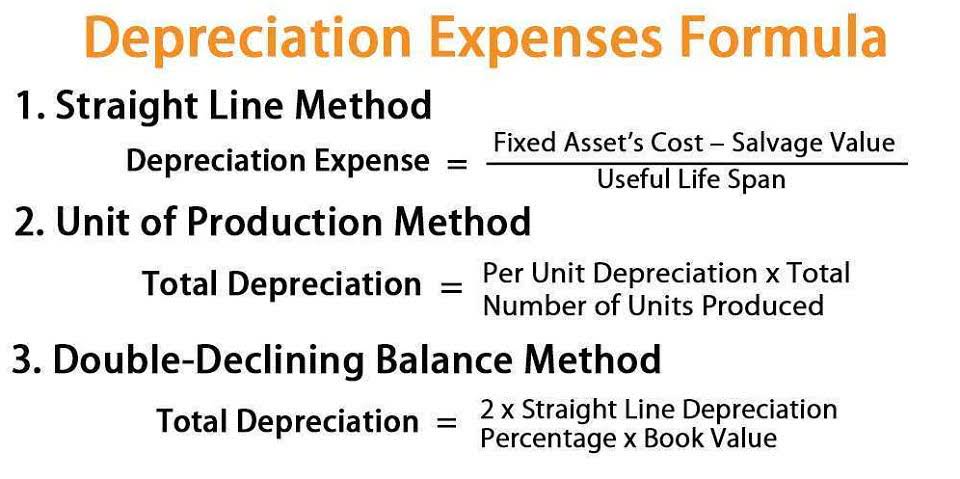
The general ledger is helpful in that a company can easily extract account and balance information. You have been exposed to the concepts of recording and journalizing transactions previously, but this explains the rest of the accounting process. The accounting cycle is the repetitive https://www.bookstime.com/ set of steps that must occur in every business every period in order to meet reporting requirements. Yes, software like QuickBooks can automate posting, entering transactions into accounts in real-time. Automation increases efficiency and reduces errors in financial reporting.
Posting Reference in the Journal

An accounting manager may elect to engage in posting relatively infrequently, such as once a month, or perhaps as frequently as once a day. To keep your records accurate, you should post to the general ledger as you make transactions. At the end of each period (e.g., month), transfer journal entries into your ledger. Your general ledger provides the posting in accounting necessary information to create financial statements, like your business balance sheet, cash flow statement, and income statement. In turn, your financial statements can give you a clear snapshot of your business’s finances. Let us illustrate how accounting ledgers and the posting process work using the transactions we had in the previous lesson.
What is Accounting Process? Stage, Transaction
When you make a payment on a loan, a portion goes towards the balance of the loan while the rest pays the interest expense. Debit notes that $600 is being added to your cash account. Think of the double-entry bookkeeping method as a GPS showing you both your origin and your destination. It will show you where the money is coming from and where it’s going to.
- This upholds the integrity of financial transaction categorization.
- MicroTrain’s clear final trial balance shows its commitment to openness and detailed records.
- As you can see, we don’t put each individual transaction from the journals concerning bank into the “Bank” T-account, but rather just the totals.
- You can’t just erase all that money, though—it has to go somewhere.
- He has been the CFO or controller of both small and medium sized companies and has run small businesses of his own.
- This is posted to the Accounts Payable T-account on the credit side.
- It serves as a check and balance to ensure each transaction has been posted to the appropriate account.
How is the Balance Column Used in the General Ledger?
Notice that after posting transaction #2, we now can get a more updated balance for each account. Cash now has a balance of $9,630 ($10,000 debit and 370 credit). Post all the other entries and we will be able to get the balances of all the accounts. Posting Reference or Post Ref is a column in an accounting General Journal and General Ledger. It serves as a check and balance to ensure each transaction has been posted to the appropriate account.
You have the following transactions the last few days of April. While the journal is known as Books of Original Entry, the ledger is known as Books of Final Entry.
Posting journal entries may sound fairly complicated, but it’s actually simpler than you might think. In this lesson we’ll learn exactly what this entails and go through an example to illustrate how it’s done. In the expense journal, we record a debit for the amount that went towards interest separately from the amount that reduces the balance. You don’t need to include the account that funded the purchase or where the sale was deposited. Let’s look at one of the journal entries from Printing Plus and fill in the corresponding ledgers.
- But with Bench, all of your transaction information is imported into the platform and reviewed by an expert bookkeeper.
- Debit and credit balances are to be entered into the general ledger as per the balance in the account.
- If you’re totally new to double-entry accounting and you don’t know the difference between debits and credits, you can pause here and check out our visual guide to debits and credits.
- A summary showing the T-accounts for Printing Plus is presented in Figure 3.10.
- This ensures the reliability of a company’s financial story.
Posting Journal Entries Mini Quiz:

Therefore, it might only have a few accounts payable and inventory journal entries each month. Larger grocery chains might have multiple deliveries a week, and multiple entries for purchases from a variety of vendors on their accounts payable weekly. Posting is also used when a parent company maintains separate sets of books for each of its subsidiary companies. This may also be handled on a separate spreadsheet through a manual consolidation process. Along with the above perks, posting entries to the general ledger helps you catch accounting mistakes in your records.
How to post journal entries to the general ledger: Example
- The three-column form ledger card has the advantage of showing the balance of the account after each item has been posted.
- This is posted to the Equipment T-account on the debit side.
- Before you start, I would recommend to time yourself to make sure that you not only get the questions right but are completing them at the right speed.
- This is posted to the Dividends T-account on the debit side.
This shows where the account stands after each transaction, as well as the final balance in the account. How do we know on which side, debit or credit, to input each of these balances? Another example is a liability account, such as Accounts Payable, which increases on the credit side and decreases on the debit side. If there were a $4,000 credit and a $2,500 debit, the difference between the two is $1,500.

Your general ledger is the backbone of your financial reporting. It’s used to prepare financial statements like your income statement, balance sheet, and (depending on what type of accounting you use) cash flow statement. Once business transactions are entered into your accounting journals, they’re posted to your general ledger. Think of “posting” as “summarizing”—the general ledger is simply a summary of all your journal entries. In the journal entry, Accounts Receivable has a debit of $5,500.



Connect with us